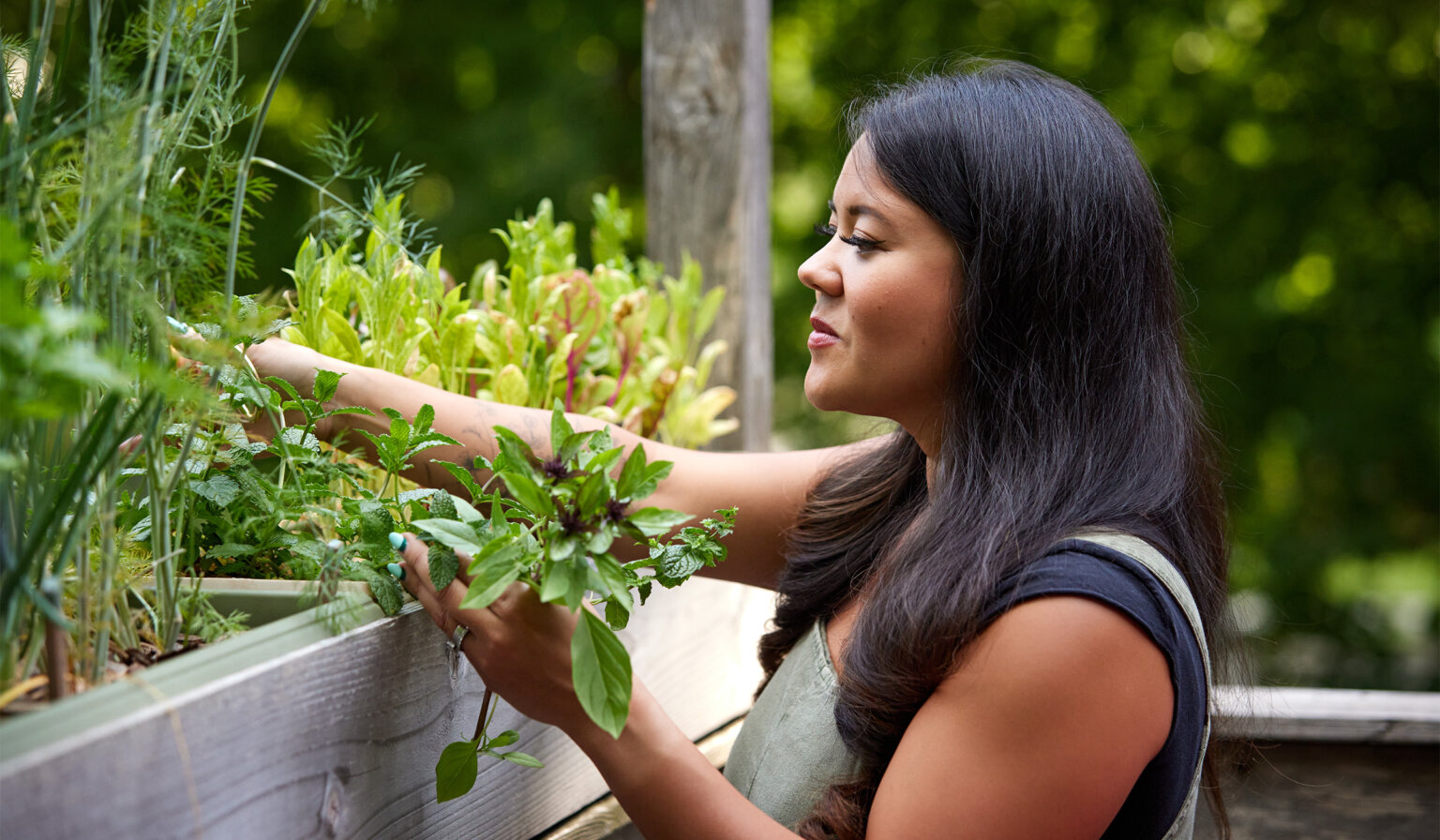For both Nguyen and Vang, it took years to fully embrace their family traditions as a source for culinary inspiration. They began their cooking careers exploring other cultures. Nguyen opened a food truck with her husband serving arepas, a traditionally South American food made of maize dough stuffed with filling. Vang’s career took him even farther afield, working in Italian, French and TexMex restaurants.
“There’s a memory and feeling behind each dish I share,” she says. “Sometimes I think I cook for nostalgia. I want to recreate a memory and a story behind each dish.”
For all three of these chefs, cooking is a way to have a conversation about culture. Sharing food becomes a tangible way to discuss issues of identity and belonging that are often frustratingly hard to articulate. Stereotypes and misconceptions can exist like ghosts in a room. But food is its own language, and these chefs cook as a way of telling their own personal stories. The dishes they offer say: This is who I am. This is where I’m from.
The truth is the very idea of a dish being authentic is an illusion. Nguyen discovered this when she traveled across East Asia as a young adult. “In Vietnam, you’ll have thousands of variations on the same dish. So which one is authentic?” she says. “Cuisine is always evolving and mixing different cultural influences. I don’t think I should be expected to try to stop that evolution. The food I create might not be authentic to someone else, but when I get it right, it is authentic to me because it embodies my experiences with food. It’s my history that I’m bringing to the table.”
Vang’s motto at his restaurant, “Every dish has a narrative,” reminds patrons that the stories of people, their struggles, sacrifices and love are at the heart of cuisine. For Vang, cooking Hmong food in America is akin to translating stories from his parents’ native language. You can communicate the central meaning, but something will always be lost or changed when told in the new language.
“There are traditionalists, the hardliners, who think that you need to cook certain dishes in the same way as your ancestors,” says Vang. “I think there is always a fear that you will lose something important as you change a dish. But when you move across the world, change is inevitable. Living here in the States, we have different products, technology and equipment. Immigrant communities have to change and move forward, and that is good.”
While Vang is happy to embrace an evolution of Hmong cuisine, he has one exception. All of the chefs who work with him know to take extra care with the simple grilled chicken dish that he has on the menu. “If one of my cooks messes up that dish, my soul is enraged,” he admits. “That dish represents my mother’s legacy. That is the dish I threw in the trash as a child.”






















